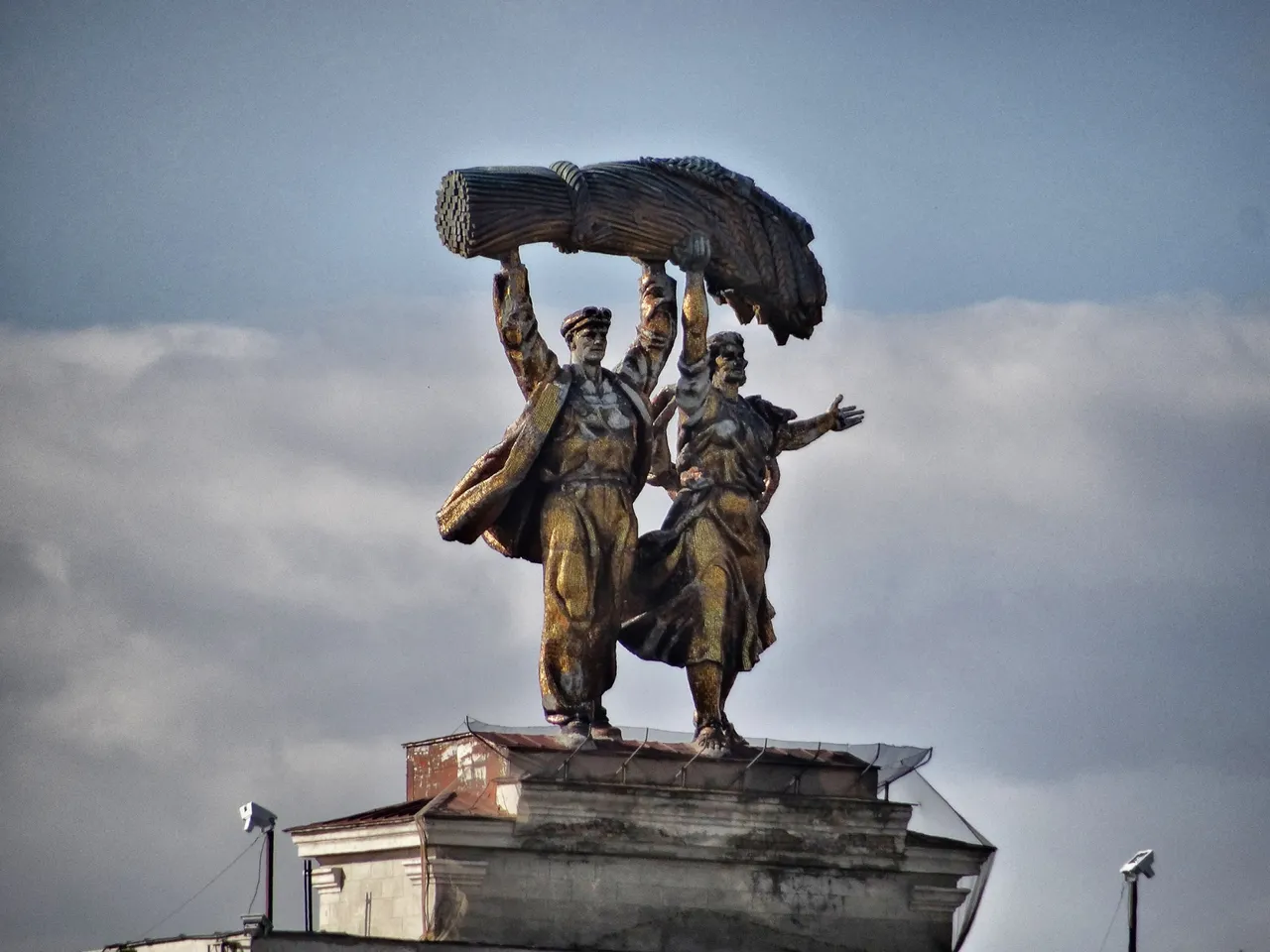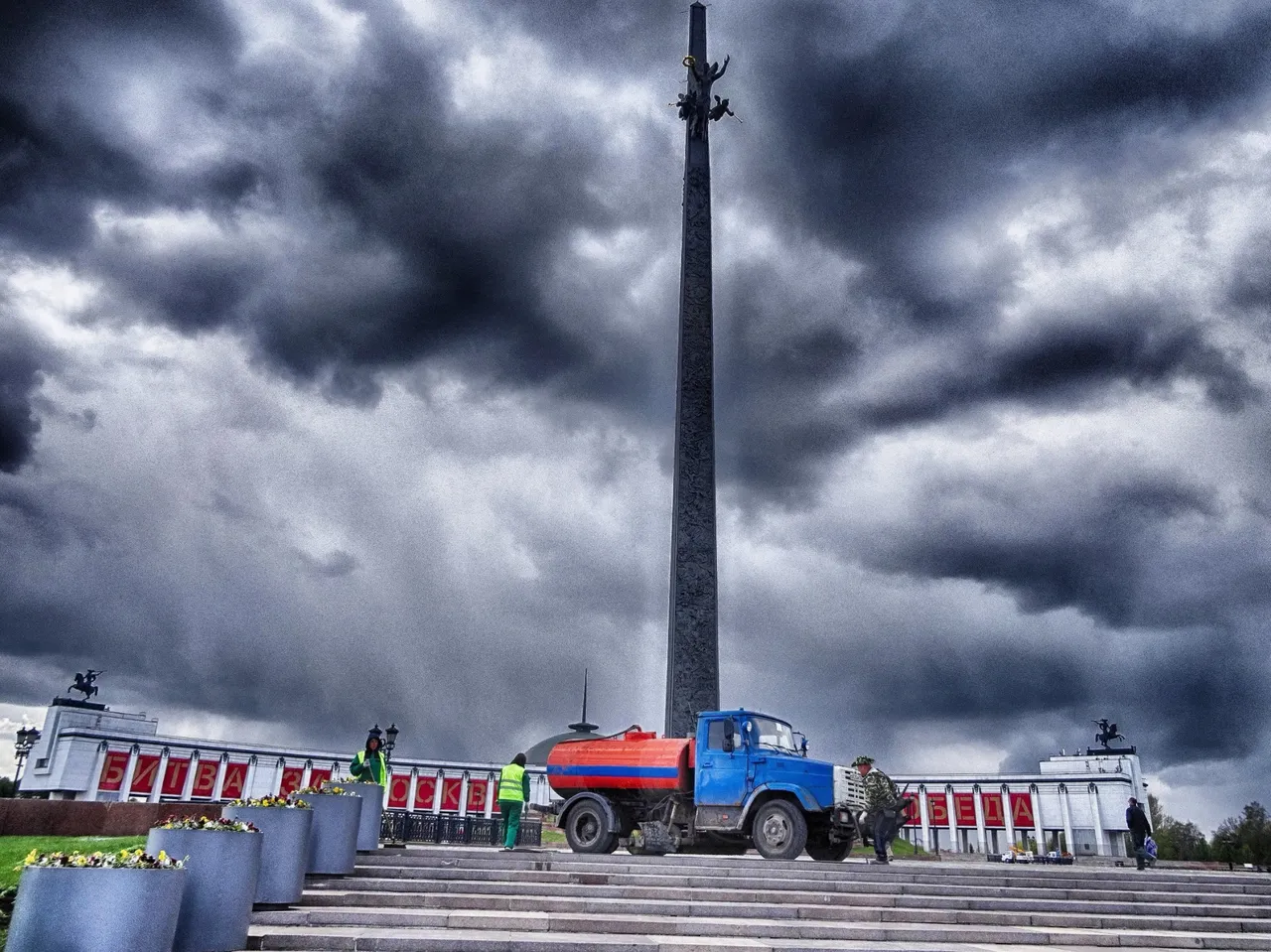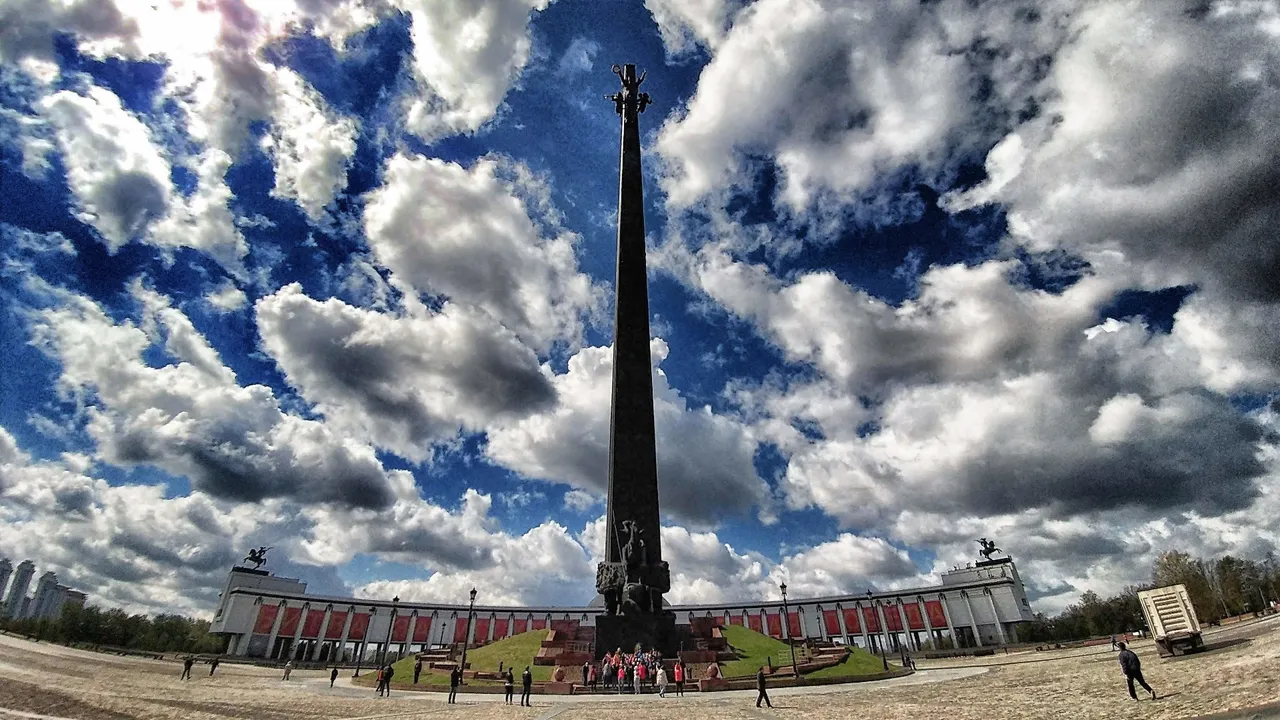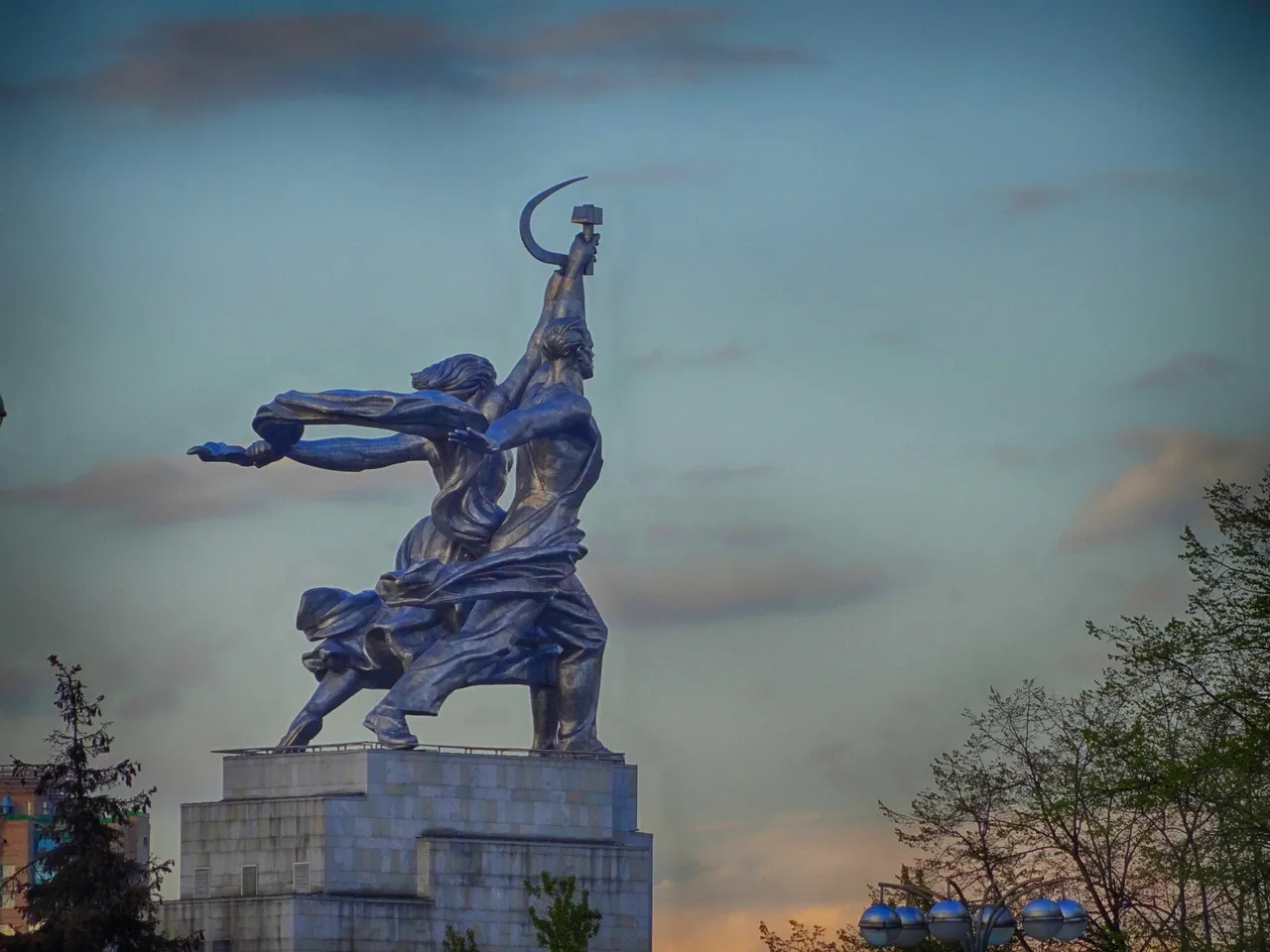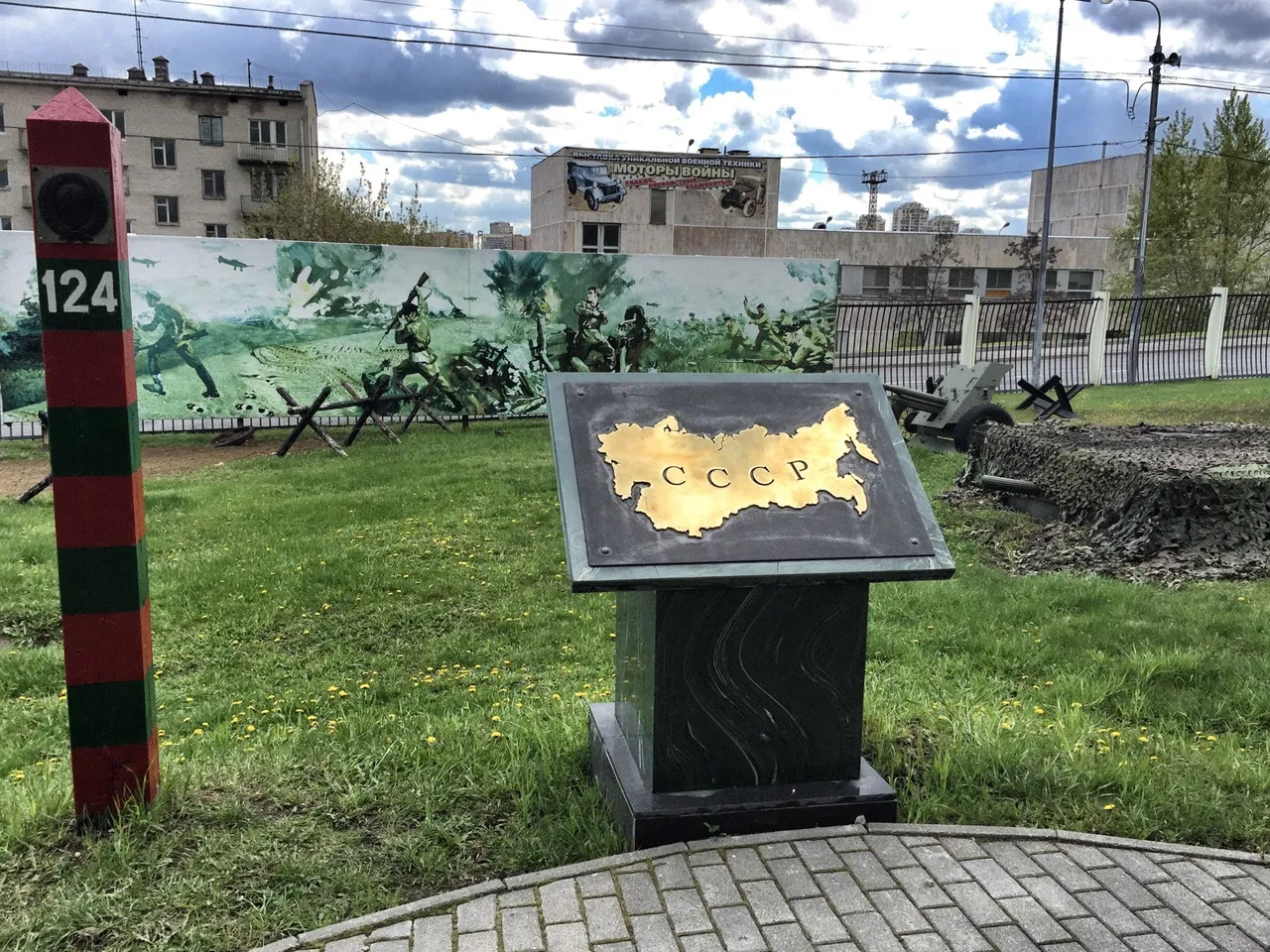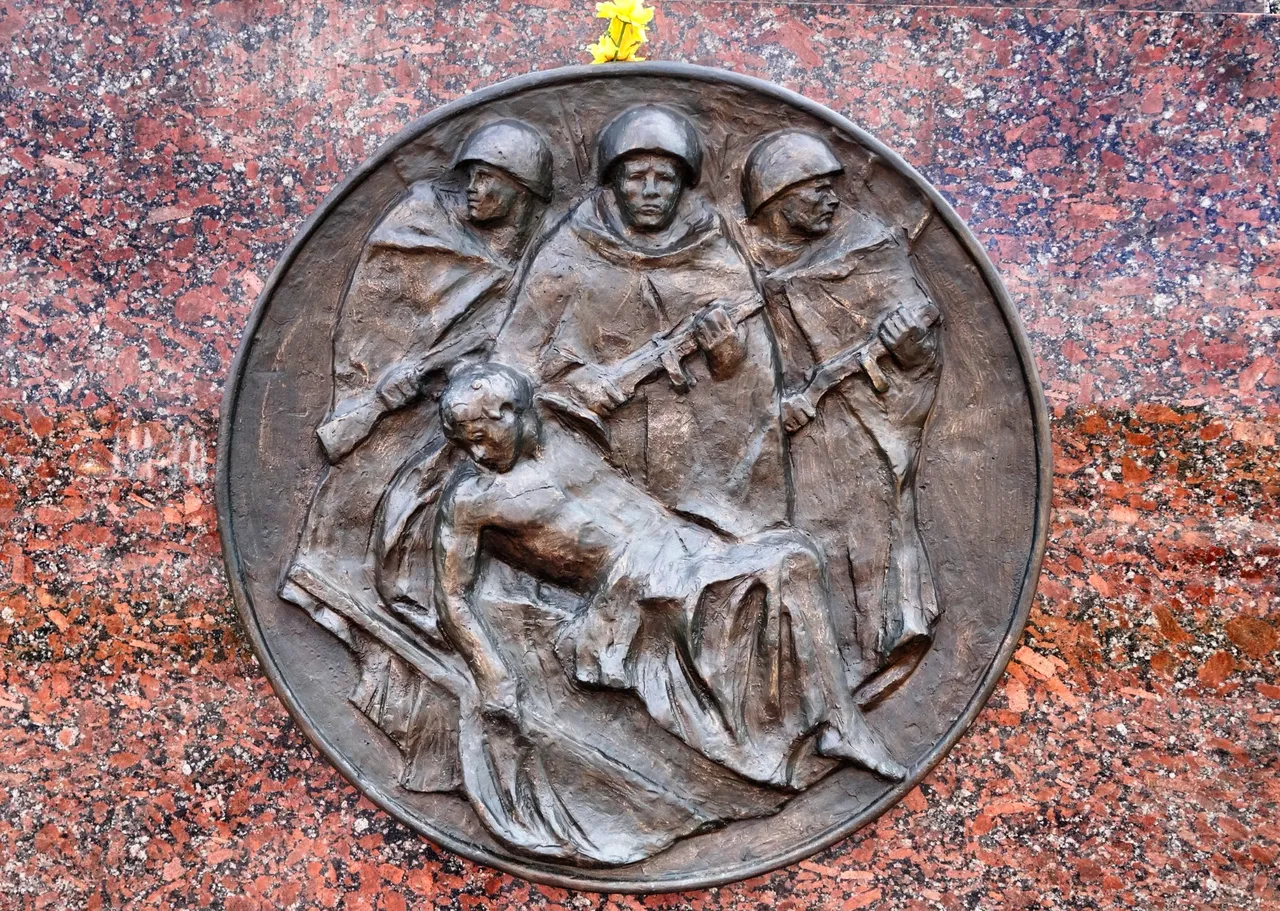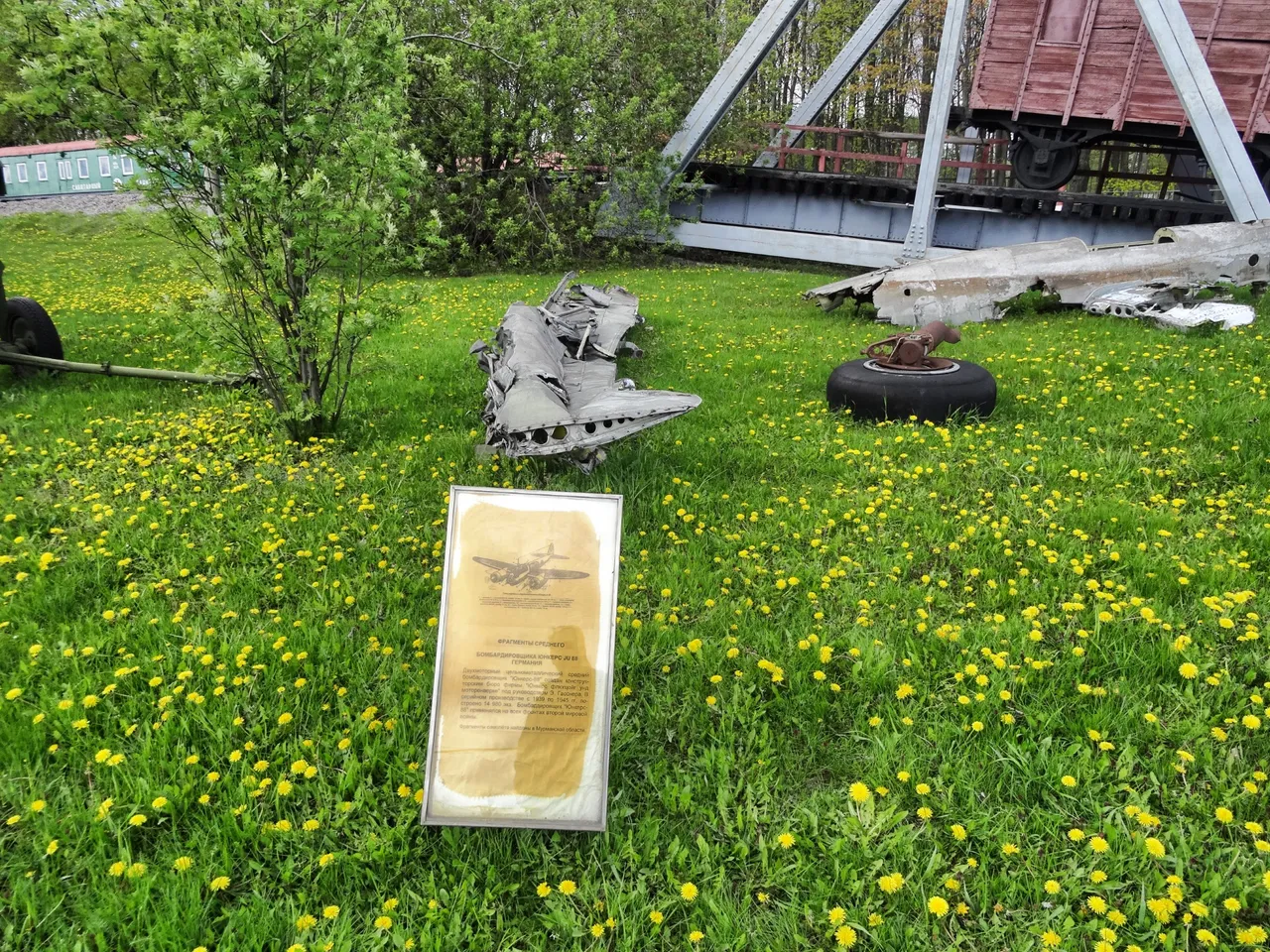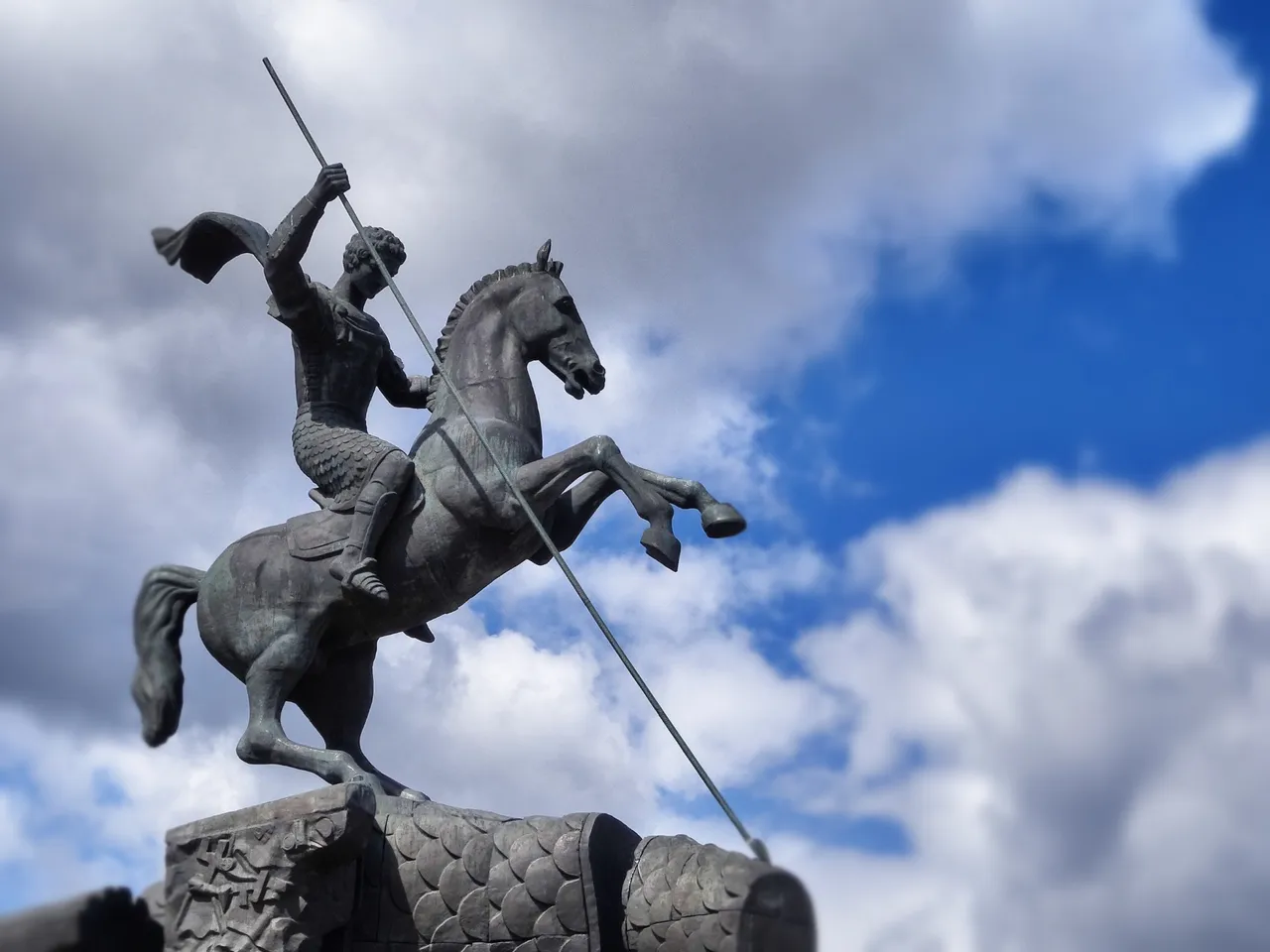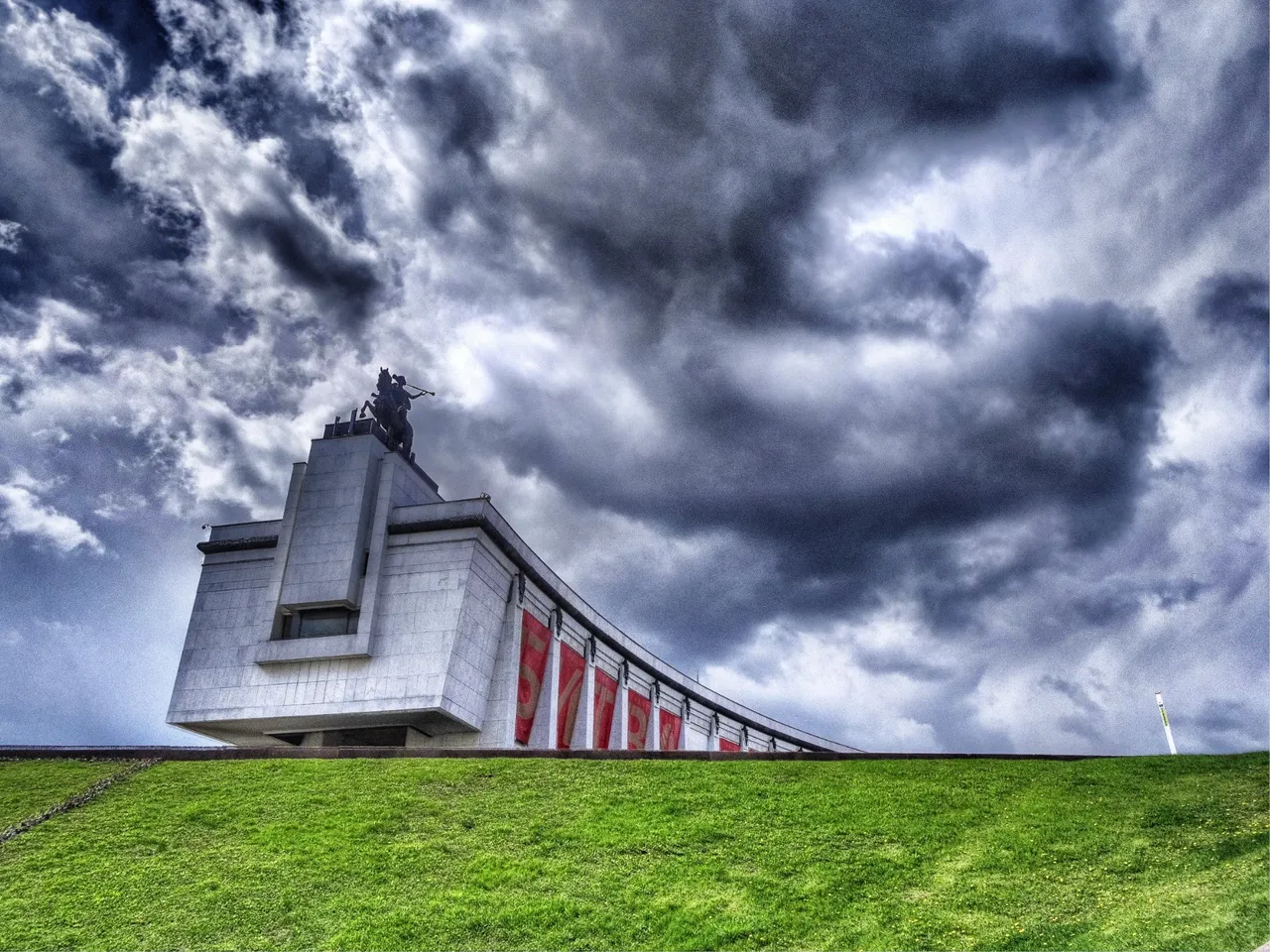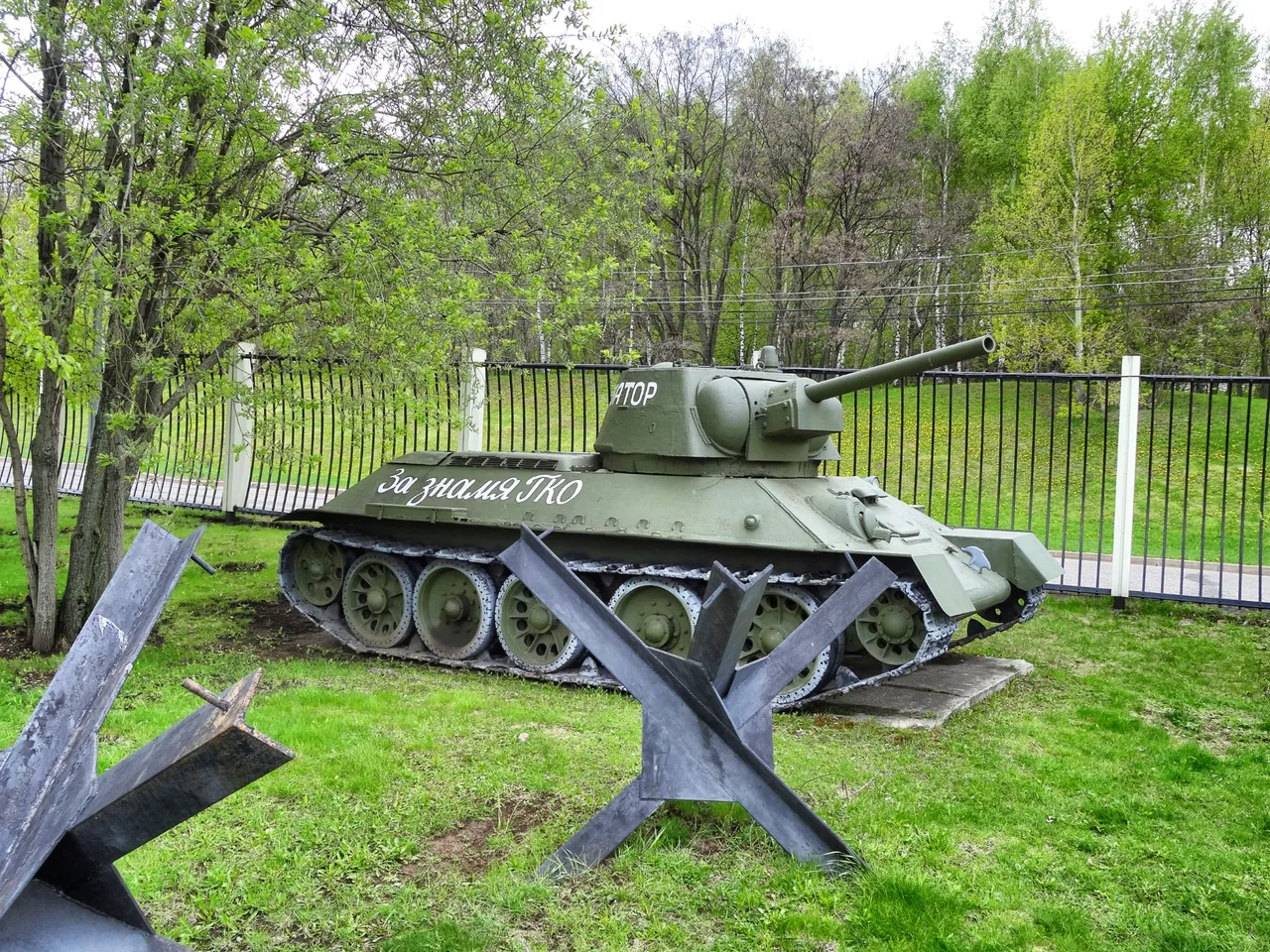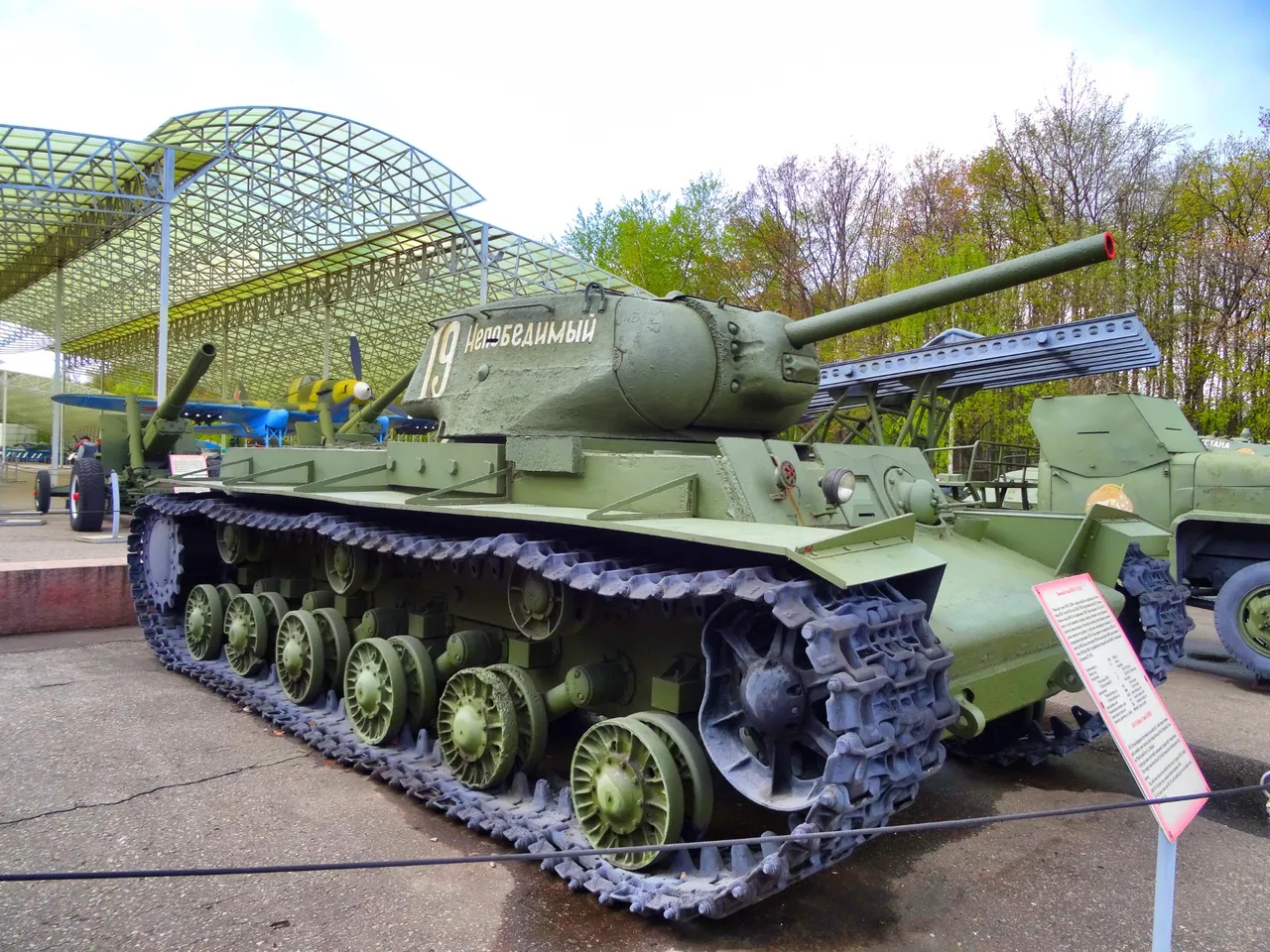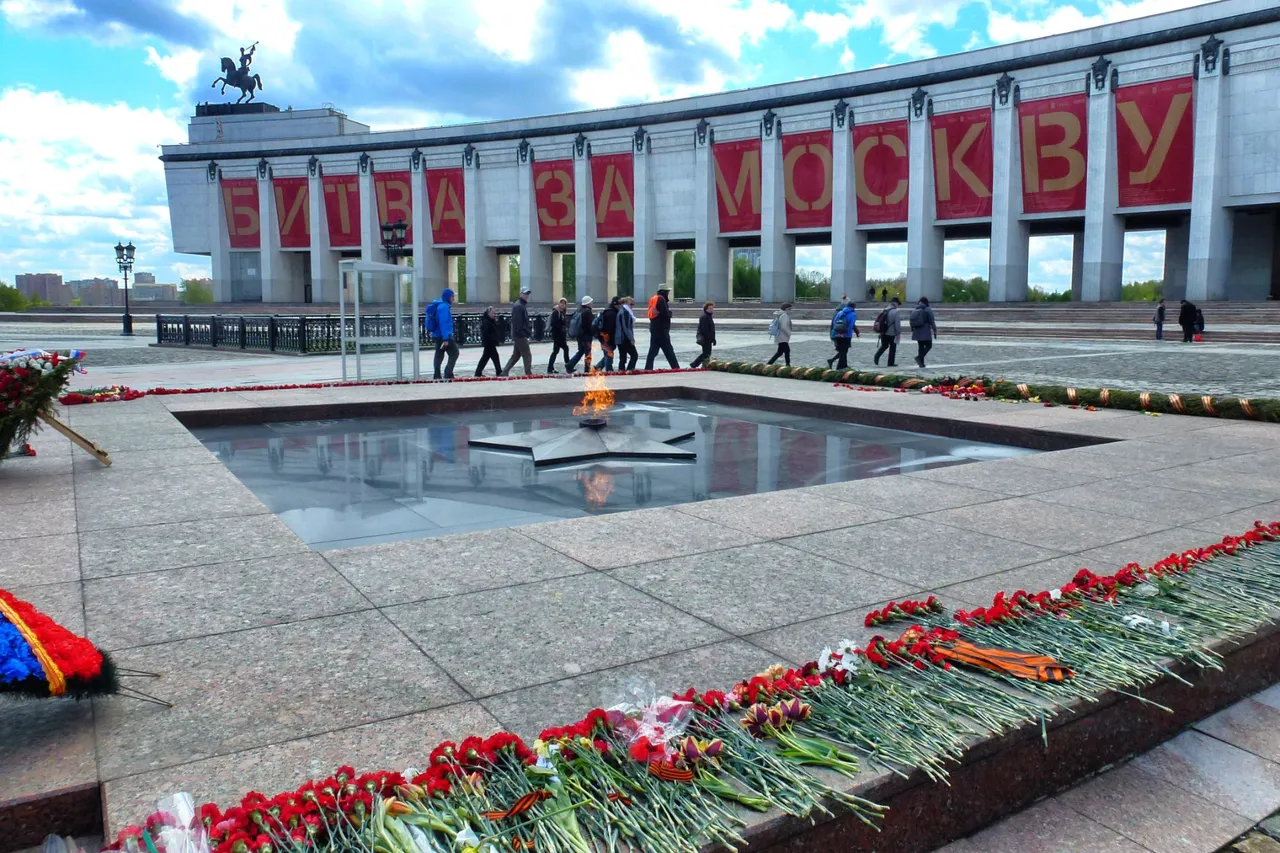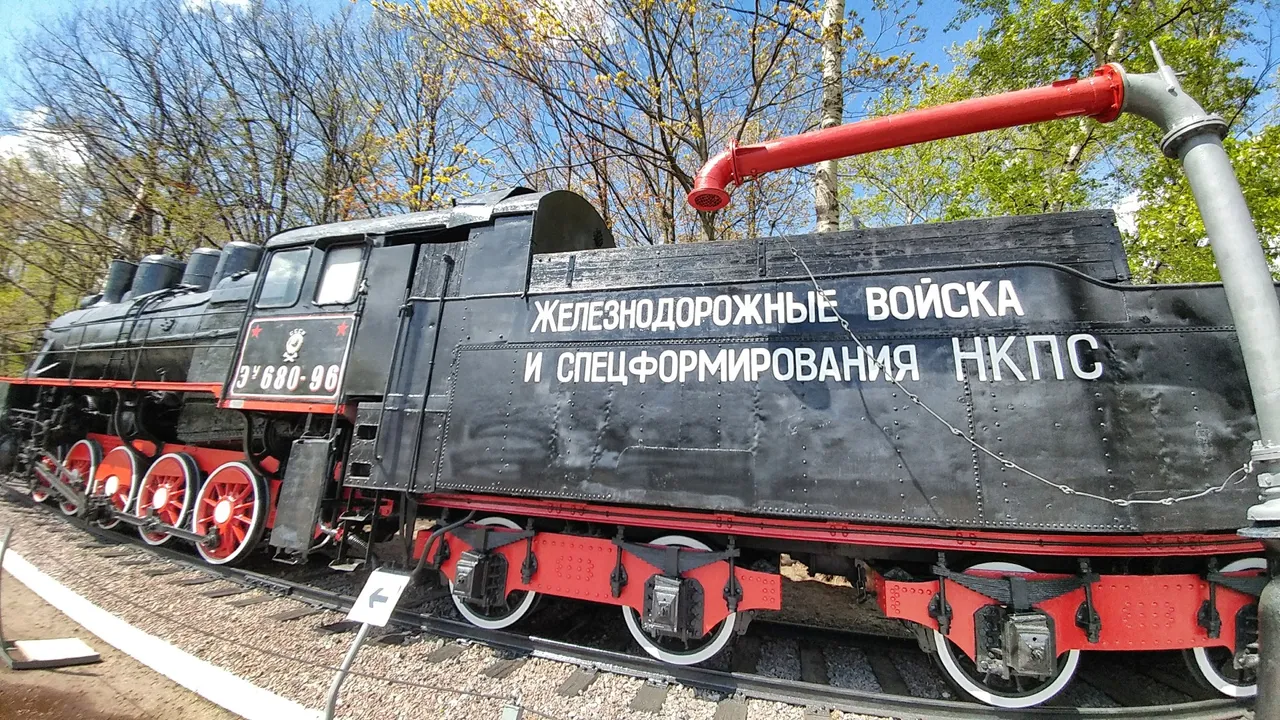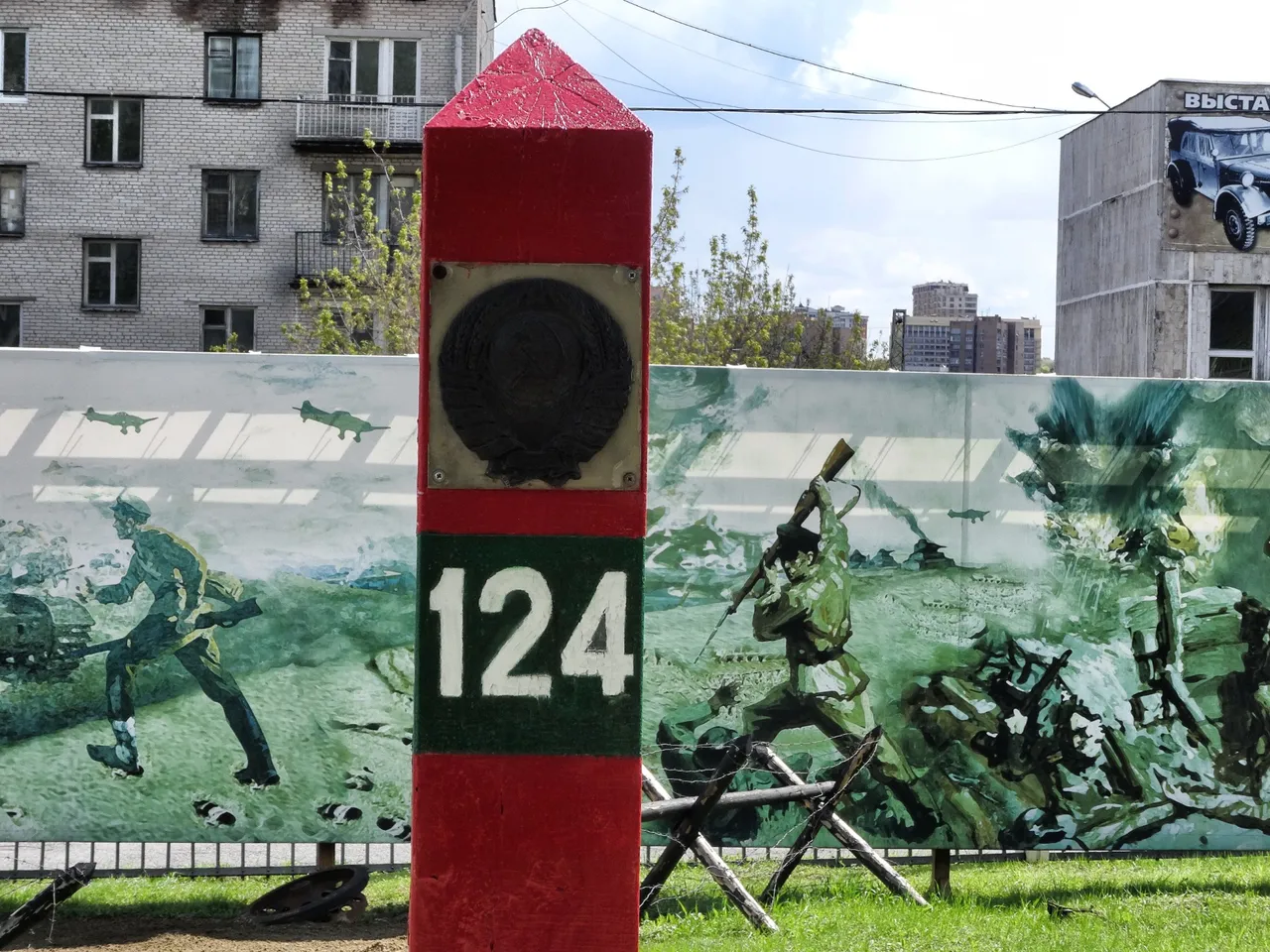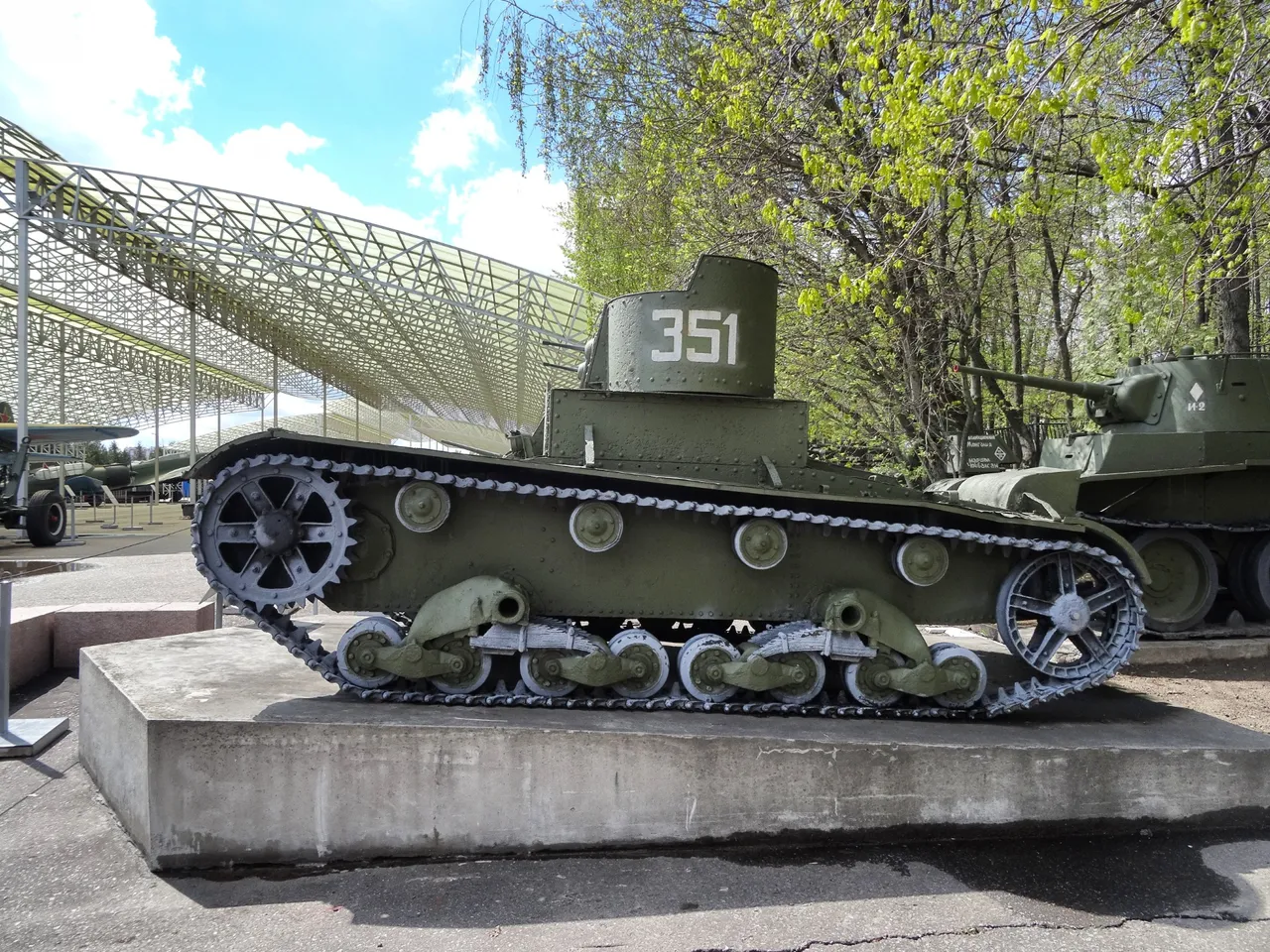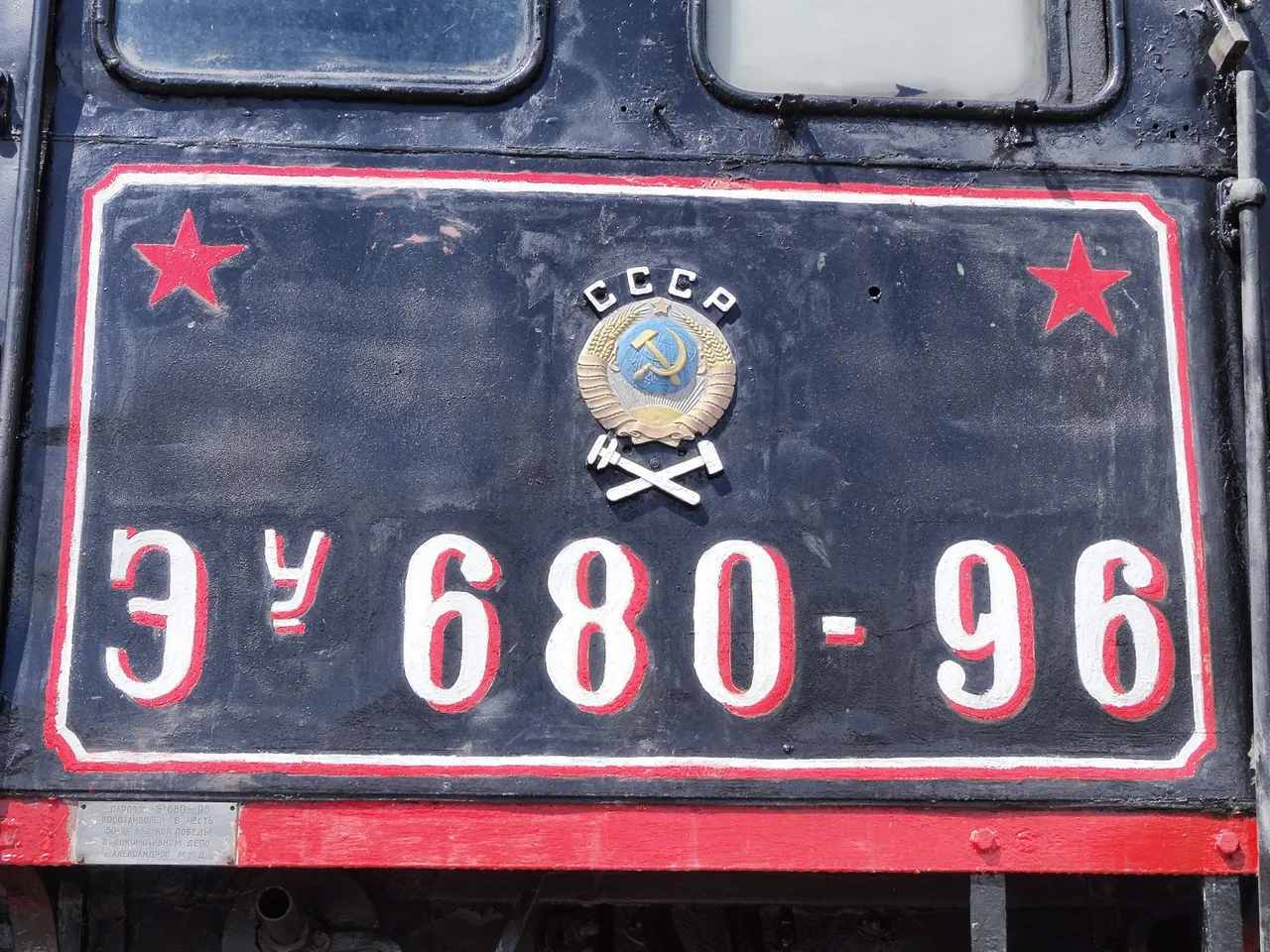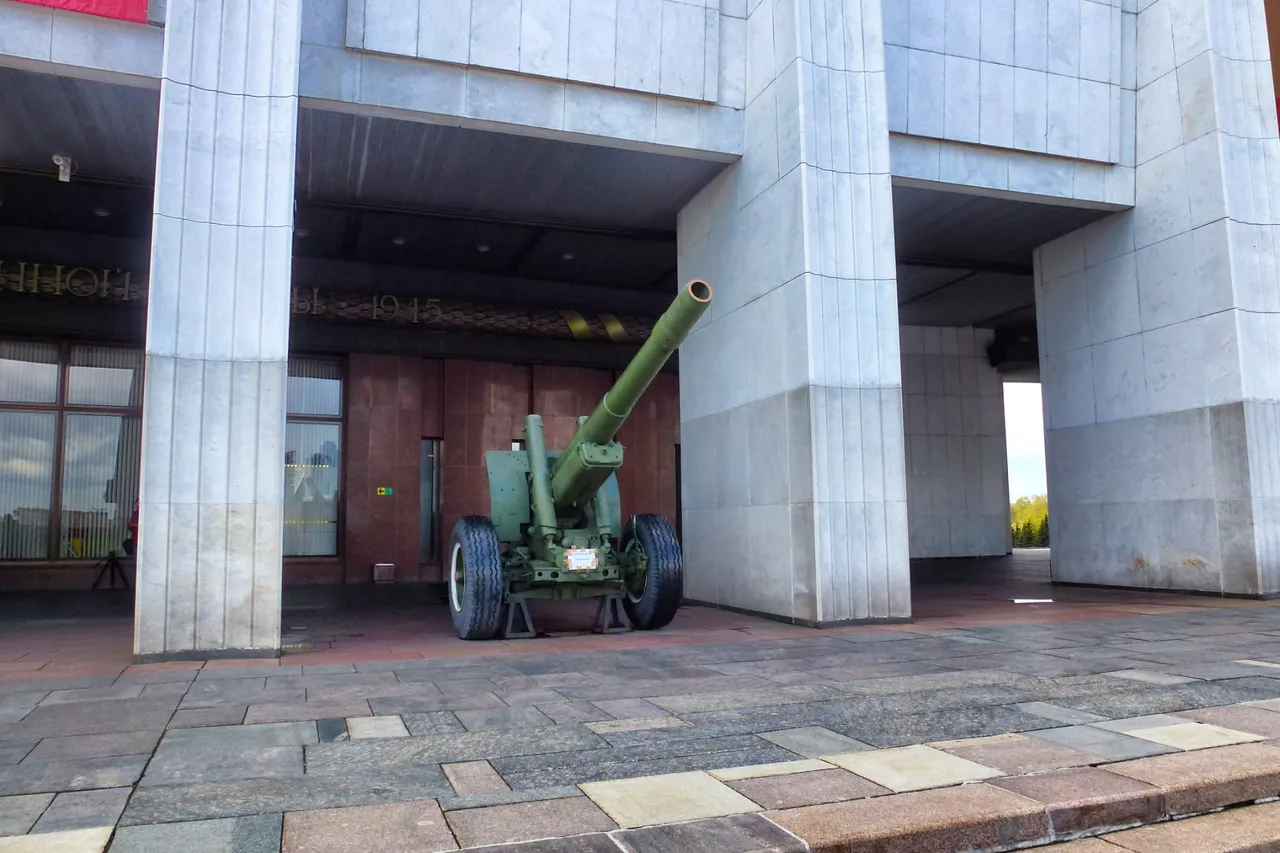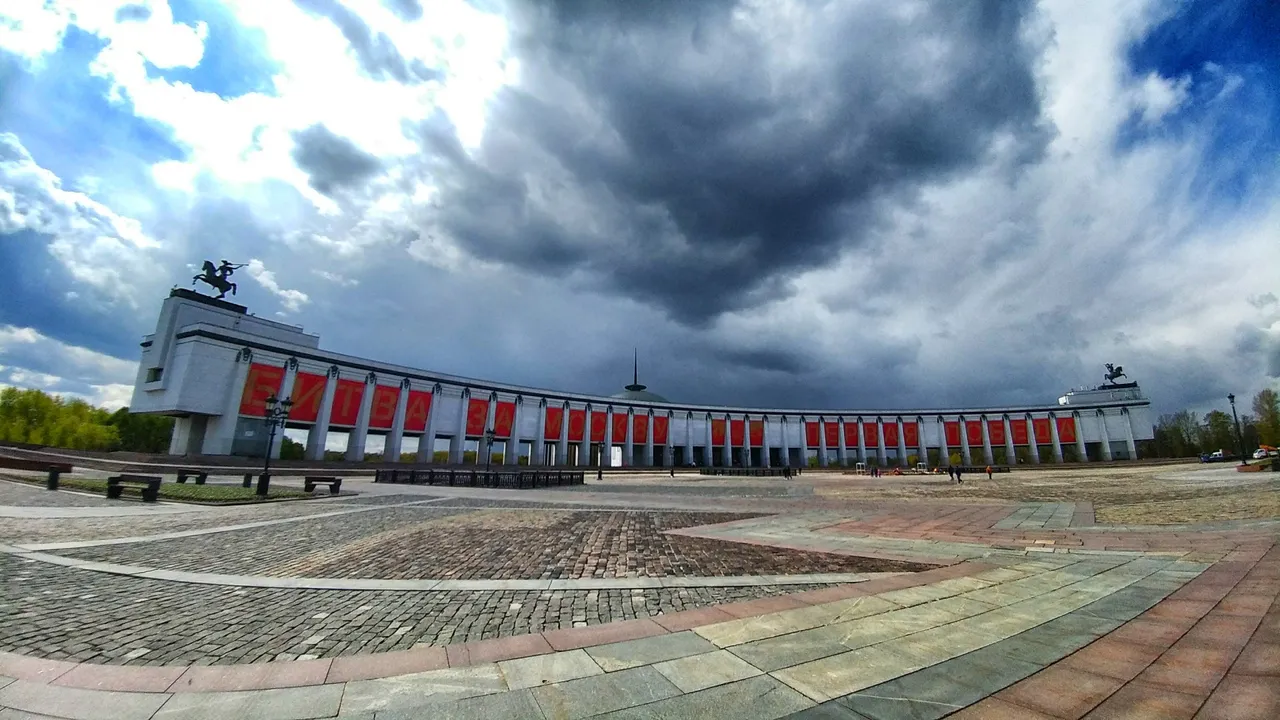
Moscow is a mystery for every foreigner. We traveled Moscow for a few days and explored the great unknown among the world cities.
Proud and stubborn to this day, indomitable even if all the other large western states continue to criticize. Russia is different, as is its capital Moscow. You must have seen that. Read part 1 of the story here, part 2 is here, the 3 part here, part 4 here, part 5 here, six here and the seven here.
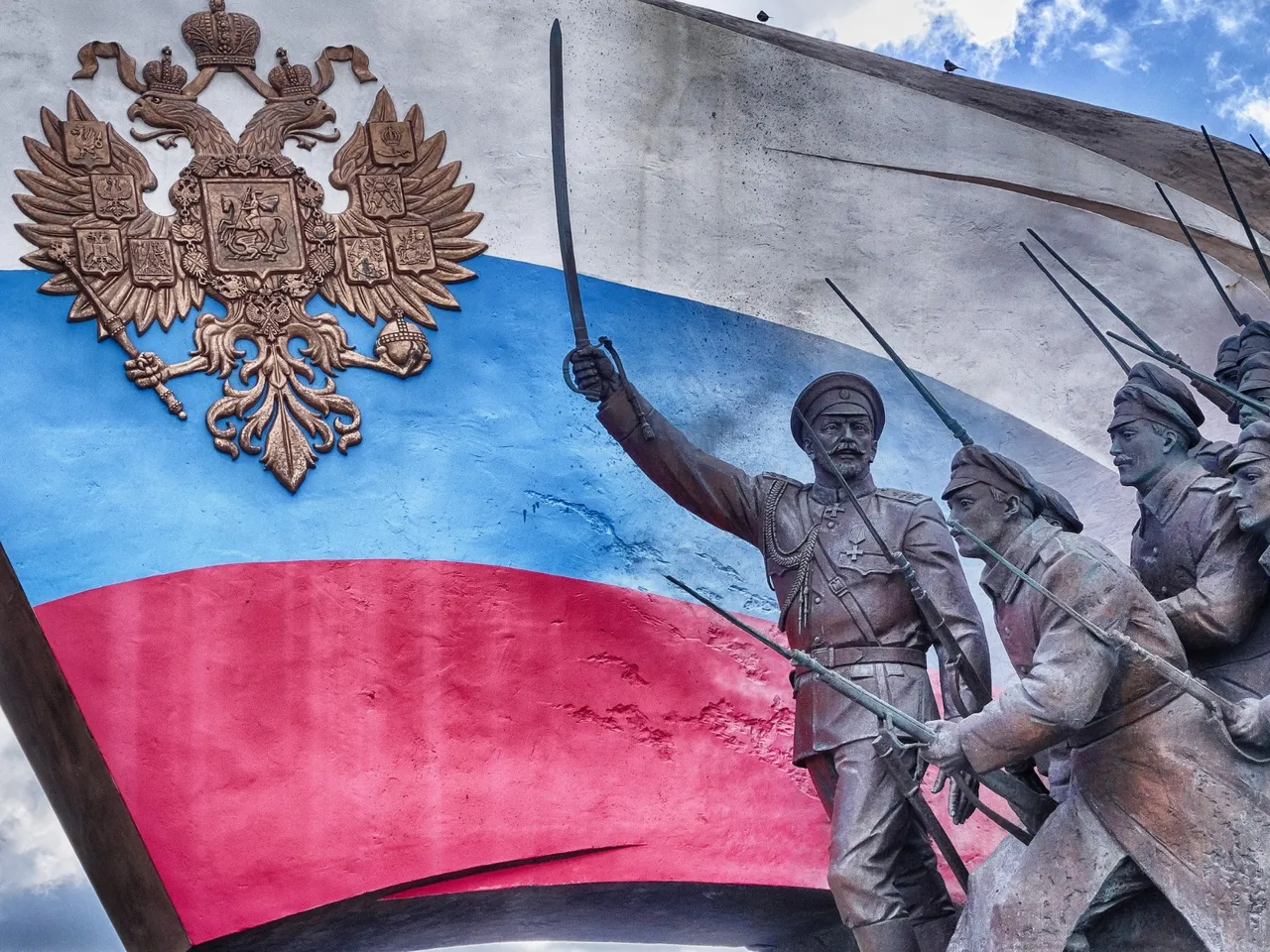
For every Russian it is clear: If you have not visited the Kremlin, you have not seen Moscow. Millions of people are drawn every year to the historical and political center of Russia, from which tsars, comrades and presidents ruled. Three million guests visit every year, making the Kremlin the most visited museum in Moscow.
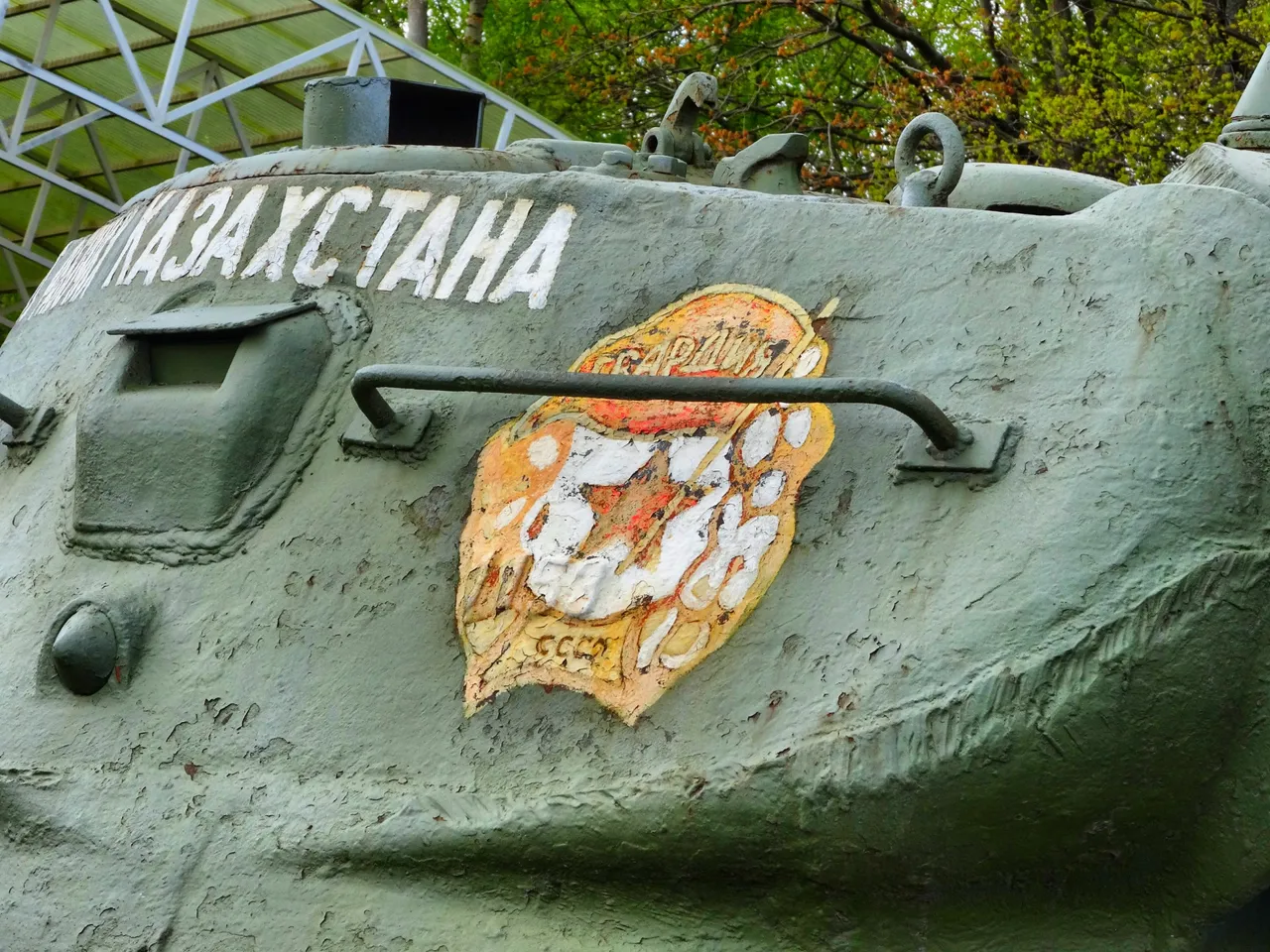
But if you really want to understand the Russians, you first have to visit one of the modern pubs and drink vodka and home-brewed beer with Russians all night long. And he must also go where Russians remember what happened to them 80 years ago: that was when Nazi Germany began its invasion of the Soviet Union.
Russian heroes
Although hardly any contemporary witnesses are still alive who themselves fought against the aggressors for almost four years, the Great Patriotic War is still the piece of history that unites all Russians today. The pride of having been victorious at that time is unmistakable in every person nan talks to.
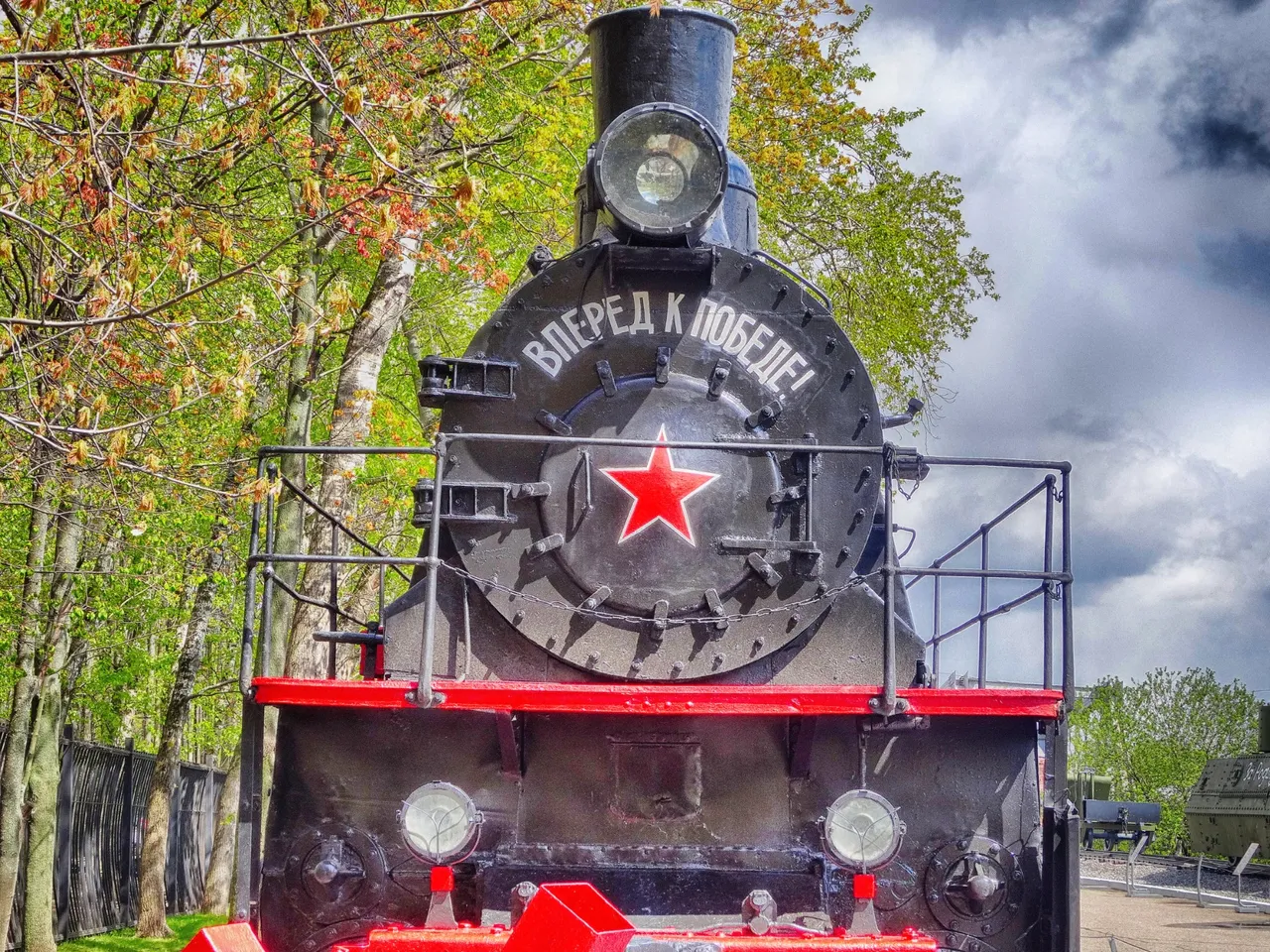
And the museums that Russia has built for the heroes of that time dwarf everything else that exists in the Russian capital in the way of commemorative sites. That's no so easy because Moscow has all in all, 450 museums and exhibition halls where ancient, modern or applied art, history, literature or science can be viewed and admired.
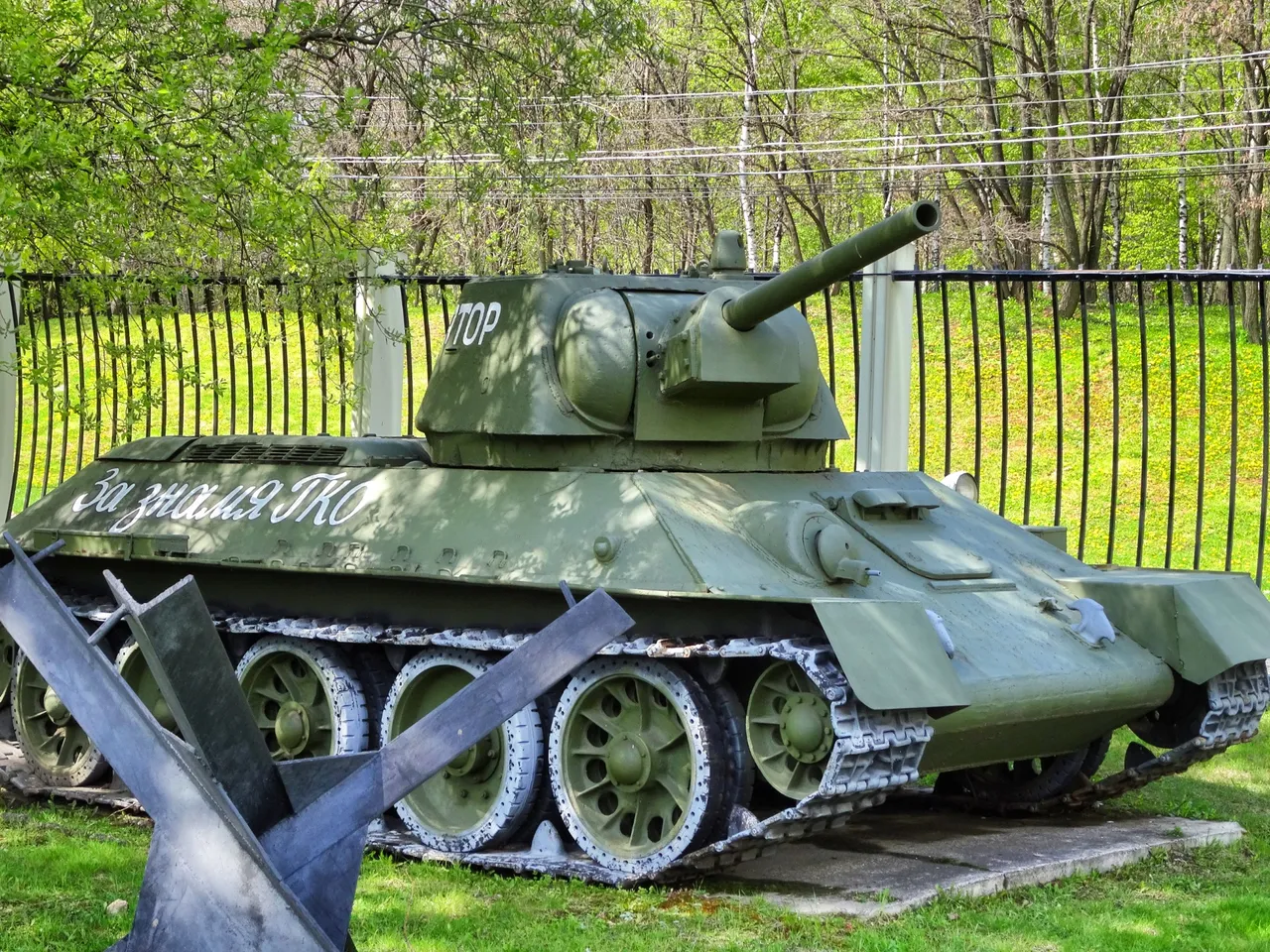
But the soul of the nation rests here, in the state-of-the-art war museum called the Central Museum of the Great Patriotic War (Russian: Центральный музей Великой Отечественной войны). Even the main building on Poklonnaya hill (address Bratyev Fonchenko st. 8) is imposing as few. In a wide arc the palatial house stretches on the hill under a sky with dark clouds.
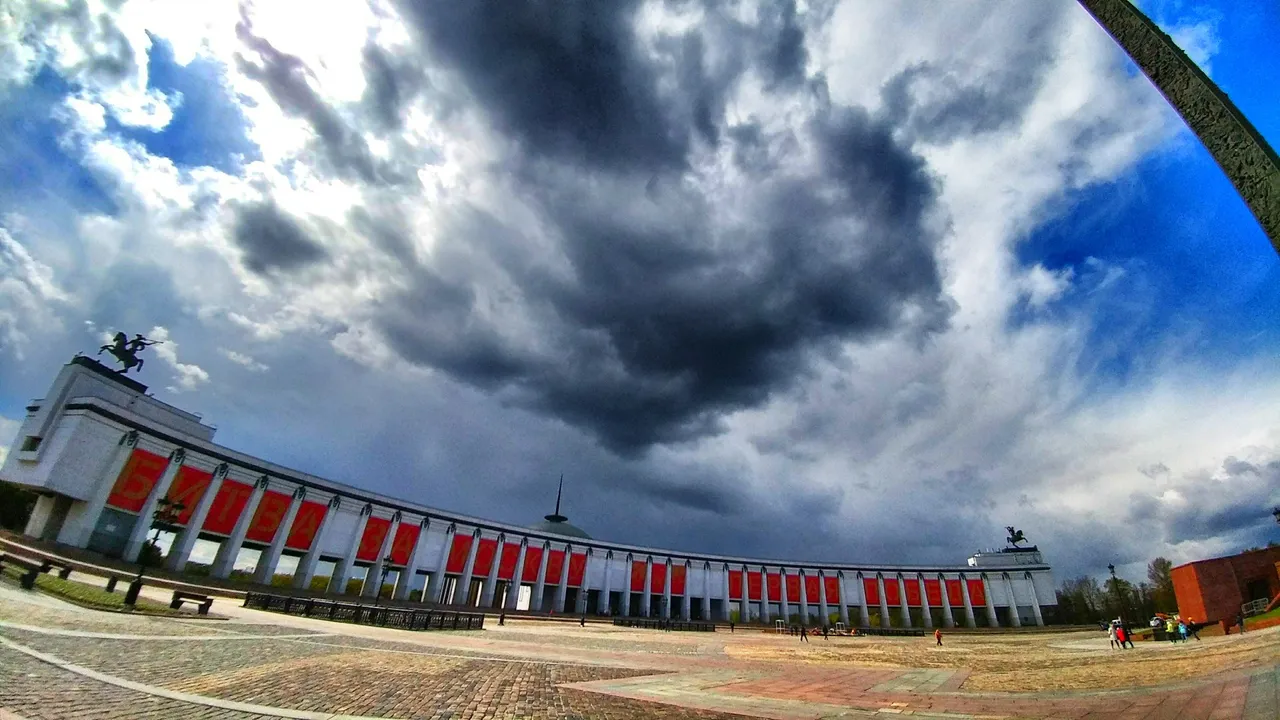
Near here, less than 100 kilometers away, the fate of the world turned when the onslaught of the German Wehrmacht was shattered by the fierce resistance of the Russians in the legendary Battle of Moscow. Four years later, the troops of Marshal Shukov, who had already defeated Hitler before Moscow, were in Berlin, and the German dictator killed himself.
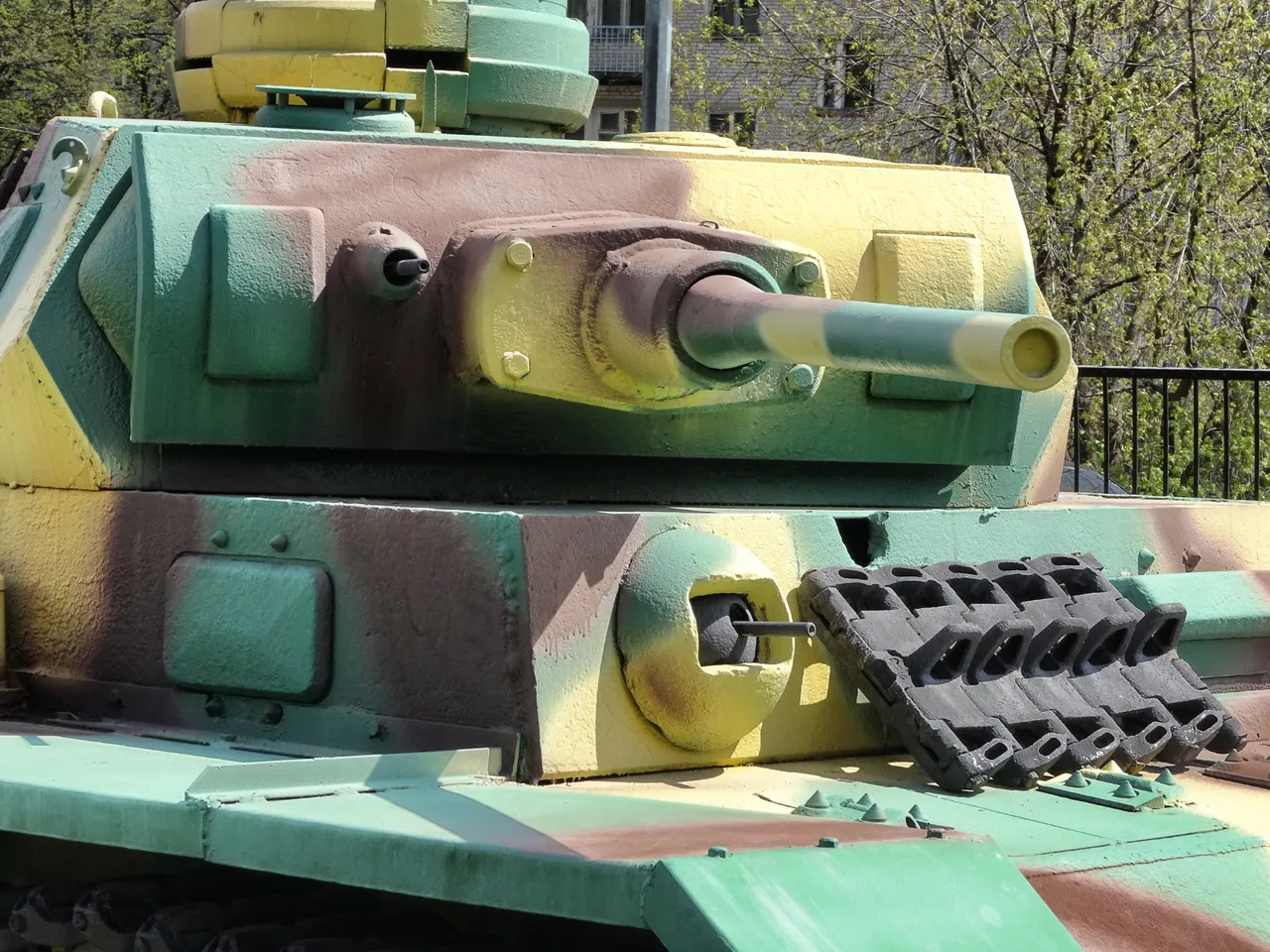
Beginning of the end
The museum at the place of the beginning of the end of the supreme Nazi shows an impressive amount of tanks, artillery and airplanes, in addition there are bunkers and other authentic equipment of the defenders but also of the attackers to see and to touch. On tanks children can climb, you can see German railroads, built to destroy rail lines in retreat. And Russian weapons of success, such as the T34 tank and the famous Stalin organ.
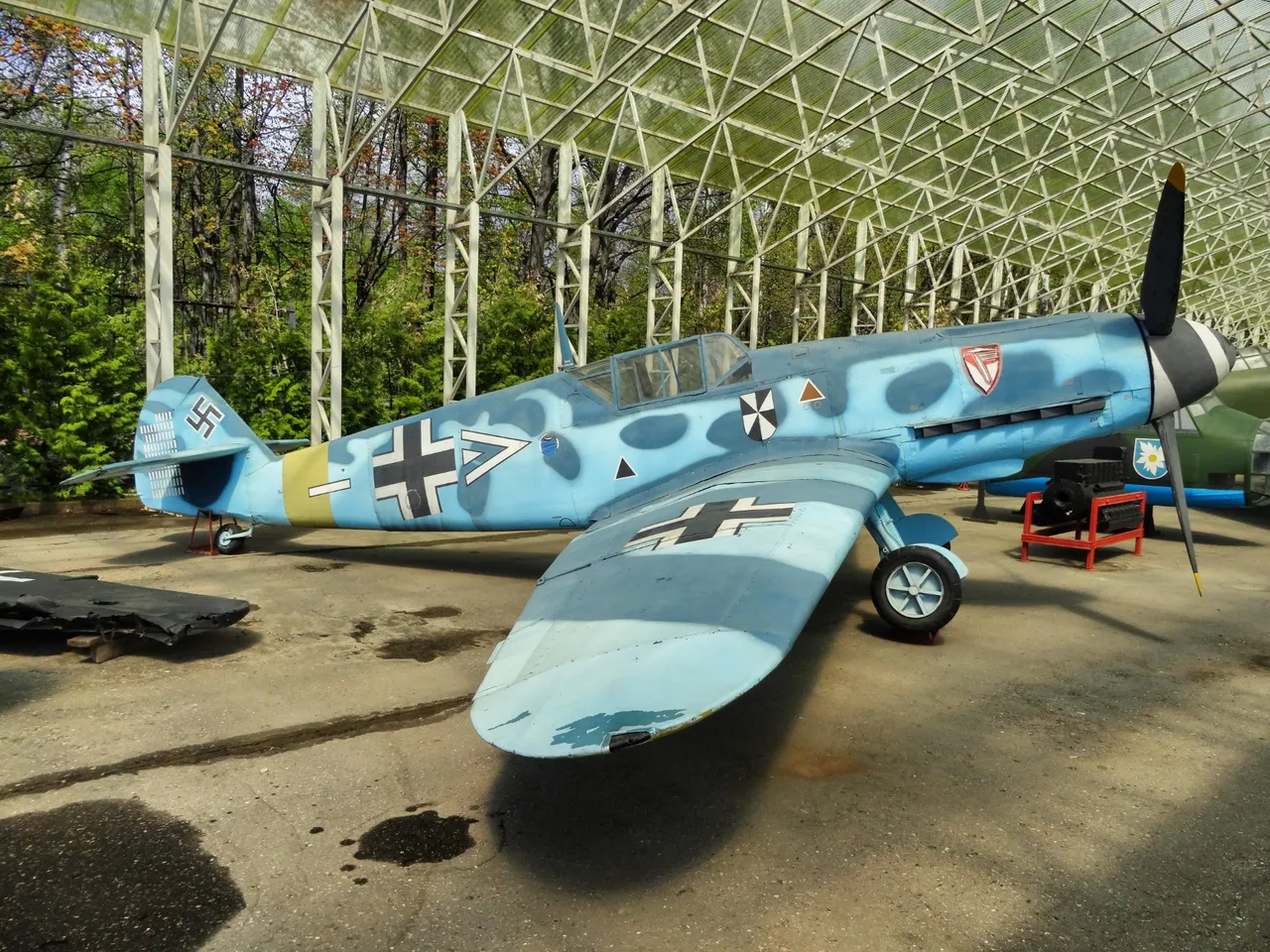
A tour takes time, because around the dome-shaped Museum of the Great Patriotic War is a whole collection of military equipment from World War II. All exhibits have information panels in English, so the tanks, cannons, planes, trains and ships of the Soviet, German, American and Japanese armies are very interesting even for laymen. Howls of triumph are nowhere to be heard; the Russians present their victory with quiet dignity. They know what they have done for the whole world.

History of victory
The Museum of Victory leaves you mute as you tour the years from 1941 to 1945, the most horrific period in Russian history. Especially if you're German. There is a collection of over thousands of exhibits from private collections, along with pictures of soldiers, maps, chronicles and scientific descriptions of famous personalities and historical battles.
Already the way to the museum, the construction of which began on March 3, 1986, becomes a commemorative march: soldiers are depicted on stelae in heroic poses, decorated with fresh flowers, but presented in a very restrained manner. The Red Army soldiers have been fighting for "Mother Homeland" - "Rodina," as it is called in Russian - since its opening on May 9, 1995, which is always "Victory Day" for the Russians. Today the wide place is breathtaking.
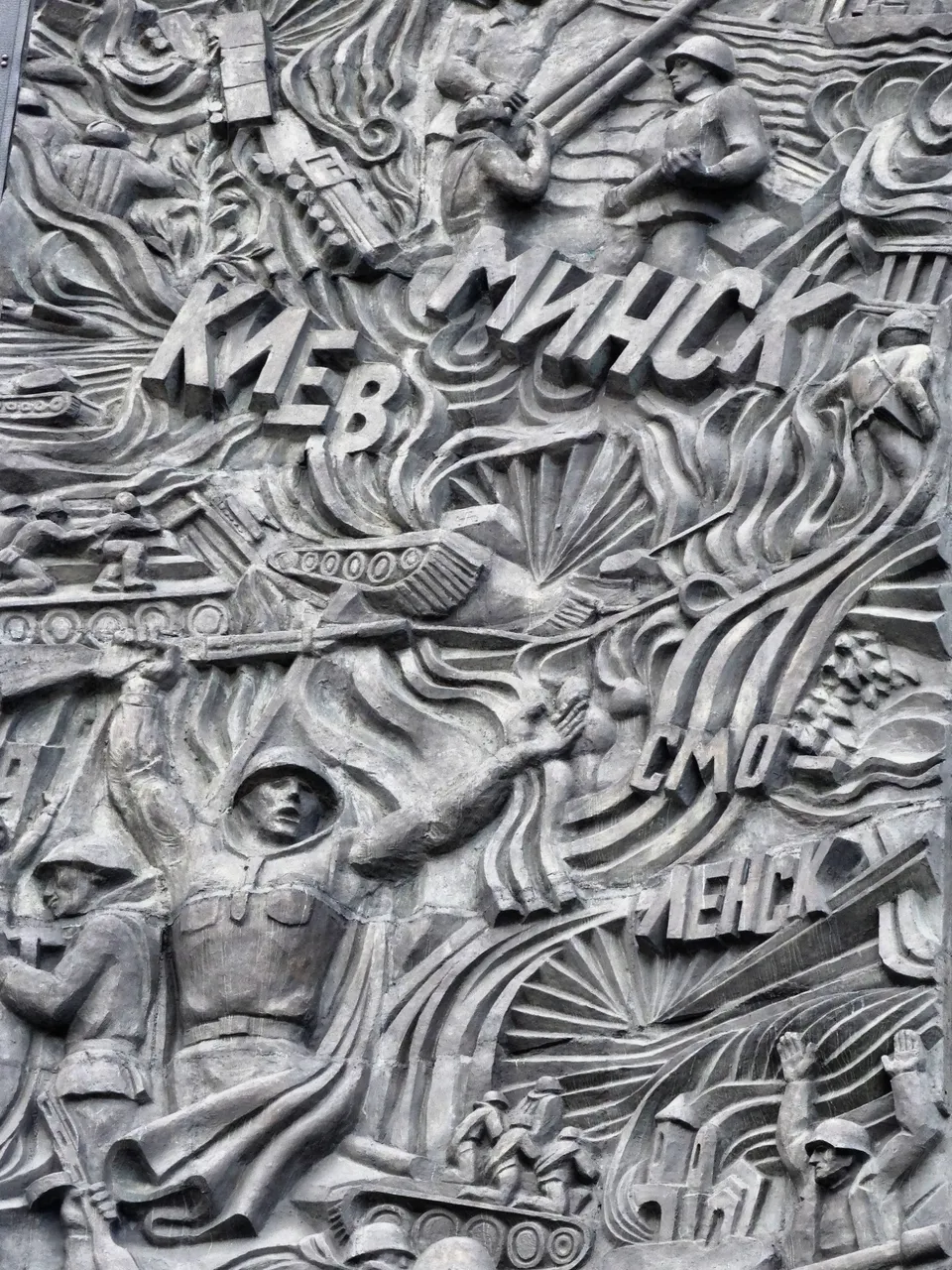
Nearby stands a new magnificent military church with tank reliefs on the outside and meter-high mosaics on the inside. Dictator Josef Stalin is also not missing, who after all, as many Russians praise to this day, not only brutally killed millions of his personal enemies in the country, but also organized the victory over Hitler.
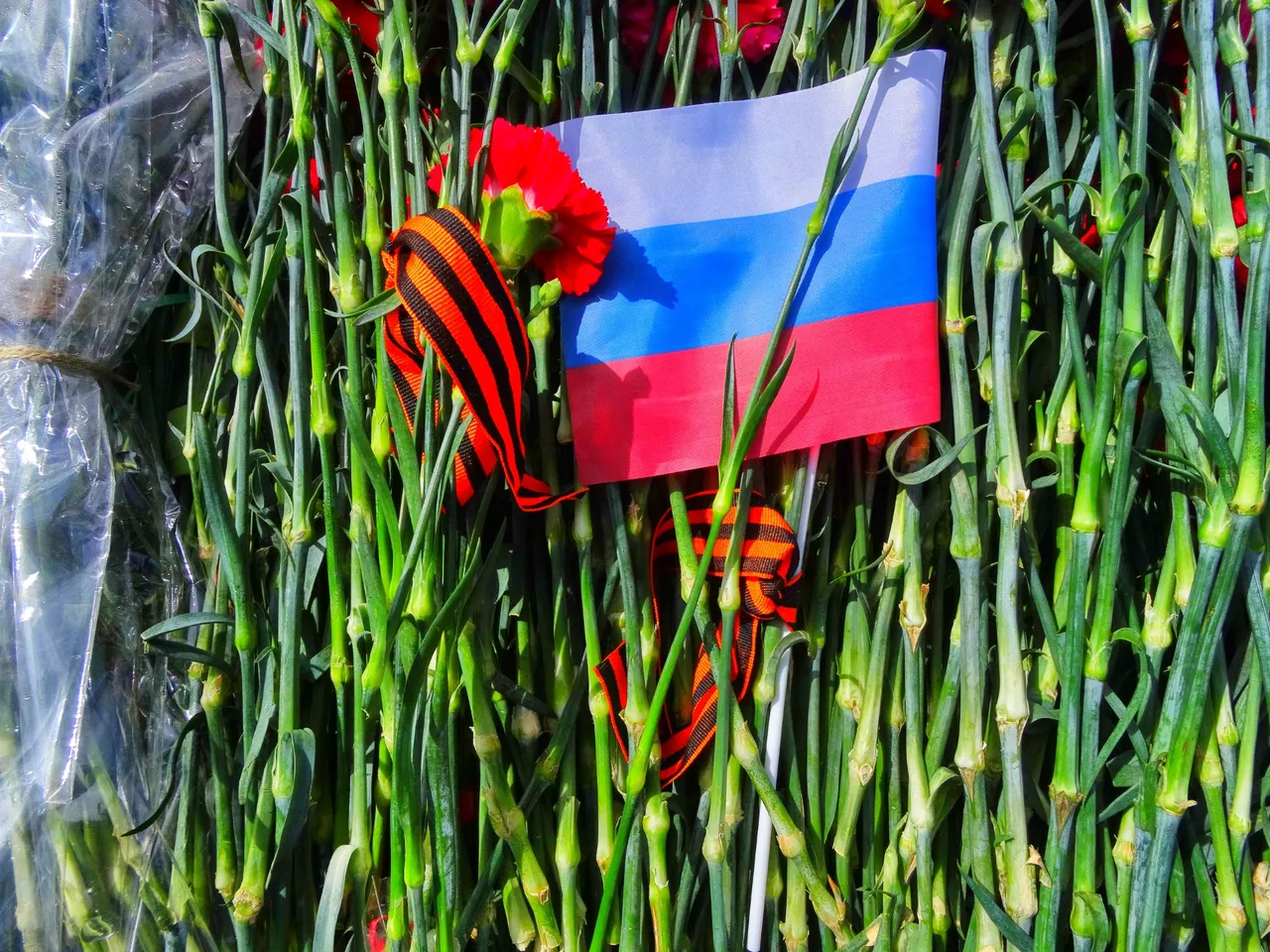
Hungry after all this war
Nearby also stand a memorial synagogue to the Shoah, a memorial mosque, a triumphal arch and an obelisk to the nation's heroes. Quite modern and almost American look the souvenir store withStalin dolls, rubber soldiers and plastic tanks. There are also almost real uniform parts, helmets and Red Army caps, as well as books, maps and films. If you are hungry after all this war, you can get something to eat next door: a kiosk offers Coke, beer and cake, soup and sausages.
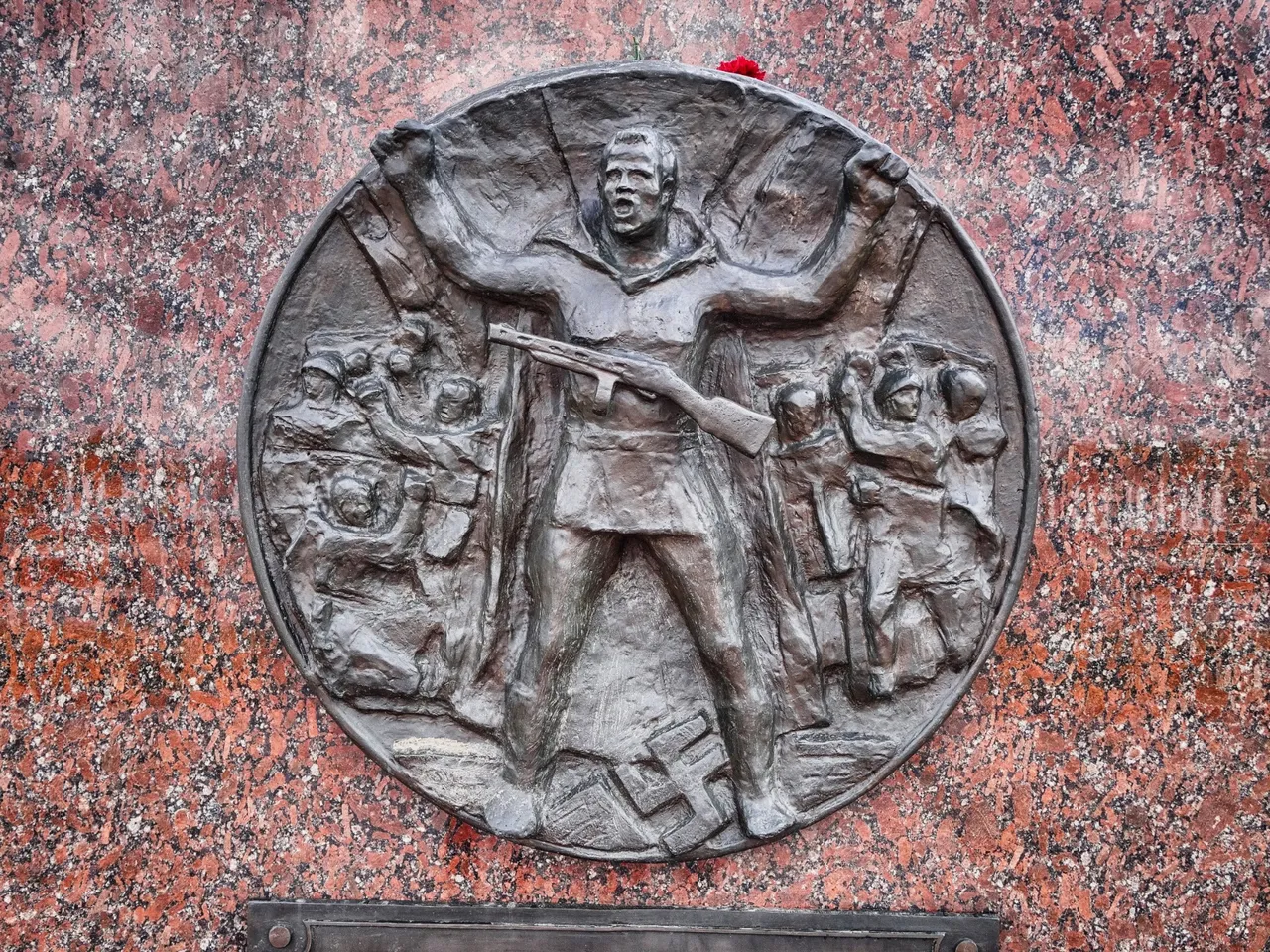
Thank you for reading and if you like my work please follow me on Hive, Travelfeed or Steem or visit my homepage koenau.de
A few more pictures for you:
